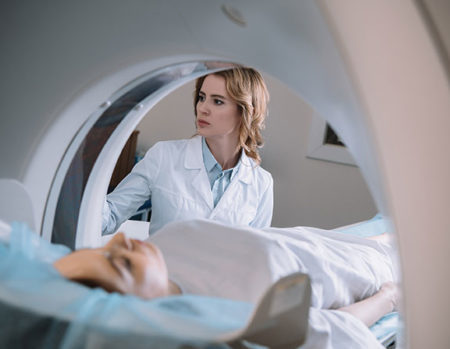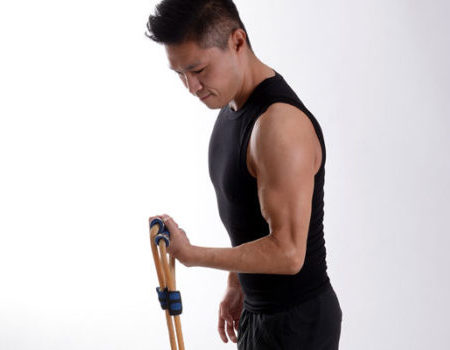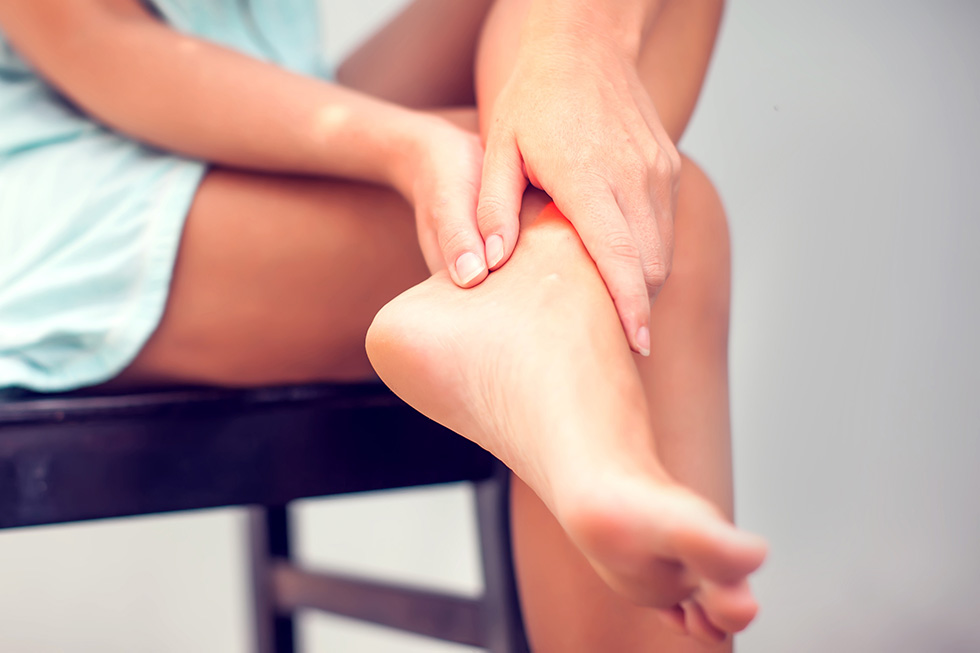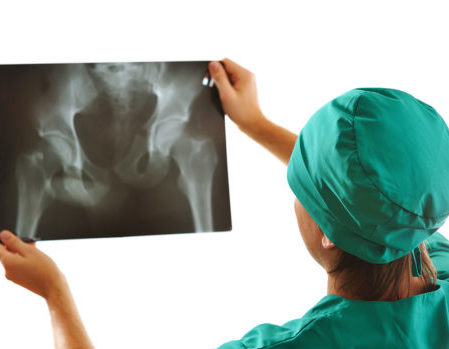Knee & Hip Arthritis: All You Need to Know
Aug 29, 2019Richard “Alex” Sweet II, MD
Kate S. Hamilton, PA-C
Richard A. Sweet, M.D. (Retired 2022)
Introduction
By conservative estimate over 54 million Americans have a formal diagnosis of arthritis and more than 50% of people over 65 years of age have been diagnosed with arthritis. It is a leading cause of disability and suffering in the US. As the population of America continues to grow and as people are living longer and longer, debilitating knee and hip arthritis is quickly becoming an epidemic. The development of a comprehensive treatment algorithm is vital to patient care. A treatment plan must be individually tailored to the patient’s specific needs and goals.
It is a leading cause of disability and suffering in the US. As the population of America continues to grow and as people are living longer and longer, debilitating knee and hip arthritis is quickly becoming an epidemic. The development of a comprehensive treatment algorithm is vital to patient care. A treatment plan must be individually tailored to the patient’s specific needs and goals.
What is Arthritis?
Most people have what is known as Osteoarthritis, or arthritis that happens naturally with aging. Over time the soft lining that covers the end of the bones (cartilage) gets worn away. As exposed bone begins to rub with weight bearing and motion, pain and disability occur. Additionally as the joint space begins to narrow, the shock absorbing tissue of the knee (meniscus) gets torn and degraded. Of note, the hip does not have a meniscus but is still prone to arthritis symptoms and wear. Other conditions such as Rheumatoid Arthritis or Psoriatic Arthritis and others are less common, but possibly even more devastating to the patient. These diseases are autoimmune where the patient’s own body attacks their cartilage, rapidly progressing to the point of complete disability at a younger age.
Development of Arthritis
• Joint Narrowing: As arthritis develops and the cartilage wears away, the joint space begins to narrow. This narrowing puts increased stress on the remaining cartilage as well as the meniscus tissue in between.
• Bone Spurs: In an attempt to combat the wearing knee/hip joint, the body begins to form extra bone around the joint. This bone, called osteophytes, is abnormal and can further irritate the joint as well as the surrounding soft tissues. In some circumstances, it can also lead to the development of increased deformity.
• Meniscal Degeneration: When patients are young, the meniscal tissue is very healthy. However, due to poor blood supply, meniscal tissue becomes brittle as people age. Meniscal tears in younger patients occur from major trauma to the knee. Tears in patients aged 40, 50, 60 and older can occur from very minimal or even no trauma. As the joint space narrows and osteophytes form, there is less room for the meniscus. This is part of the arthritic process.
• Bone Wear: In severe cases of arthritis, bone begins to rub directly on bone. This can actually cause erosion of the bone and deformity can worsen substantially.
What is Arthritis?
Treatment Options
-
- Medical Treatment: In the early stages of arthritis, symptoms can typically be managed with medications. Tylenol and NSAIDs such as ibuprofen/naproxen can be used to decrease inflammation and relieve pain. However, as the disease progresses, these medications become ineffective rather quickly. Additionally, long-term use of Tylenol can damage the liver and NSAIDs can damage the kidney and cause GI bleeding. Patient’s taking these medications long-term must get regular checkups and blood work from their primary care.
- Steroid: Steroid injections (cortisone) are the main workhorse of non-operative treatment of arthritis. Knee injections are safely administered in the office setting without difficulty. Hip injections are a little more tricky and require x-ray for placement. There is too much soft tissue including nerves and arteries to safely perform these without x-ray guidance. Thus, hip injections require a separate appointment in our Center for Orthopedic Spine & Pain on the 2nd floor. Steroid injections last for varying lengths of time based on the severity of the arthritis and how quickly the patient’s body metabolizes the drug. In general mild arthritis can get months relief while severe arthritis may only get days. The injections are safe to get up to 4 times a year, or every 3 months.
- Gel Injections: The gel injections consist of a substance called Hyaluronic Acid. This is a synthetic version of the natural lubricant the knee generates. Typically, the gel injections require three injections, with each injection separated by a week. These injections are available for knee arthritis, but not the hip. While generally covered by insurance, sometimes they do require prior approval. Additionally, these injections certainly do not work for all patients and are highly variable if they work at all.
- PRP/Stem Cell: There has been a lot of marketing and misinformation about Platelet Rich Plasma (PRP) as well as Stem Cell injections for the treatment of arthritis. The truth is neither of these injections help with pain management, reversal of arthritis, or even slowing the progression down. Several excellent studies (published in MAJOR orthopedic journals) performed on PRP and Stem Cell injections definitively show ZERO BENEFIT. Additionally, these injections can cost hundreds (PRP) if not tens of thousands (Stem Cell) of dollars. As these injections are not covered by insurance, the cost of these comes completely out of the patient’s pocket. We strongly recommend against these injections for treatment of arthritis (however they may potentially help other conditions). If you are considering these injections we recommend asking for well performed data published in a credible orthopedic journal (not a pamphlet from the company making money off of you).
- Physical Therapy: While physical therapy cannot slow the progression of arthritis, strengthening the muscles around the knee and hip as well as showing the patient safe exercises to perform in the gym or in the home can be very beneficial. Keeping a healthy level of fitness and exercise is vital to joint health.
Surgery
- Minimally Invasive Knee Arthroscopy: Before arthritis becomes advanced, or bone-on-bone, some patients may be a candidate for arthroscopic surgery. Arthroscopic surgery involves two poke hole incisions in the front of the knee. Using a camera and a shaver, the torn meniscus is removed and damaged cartilage can be debrided. While this surgery treats pain coming from torn meniscus very well, it does not help to treat pain coming from damaged cartilage (the hallmark of arthritis). As arthritis becomes worse, this surgery becomes less and less beneficial. Indicating patients for this surgery is a discussion and a decision that must be made on an individual basis. Patients that are properly indicated get wonderful relief. This surgery is only available for knees, as the hip has no meniscus to debride.
- Total Knee/Hip: This is the final step in treatment of knee/hip arthritis. In general patients should fail most if not all of the non-operative treat-ment options before even considering replacement surgery. While knee and hip replacement surgeries are wildly successful and patients general-ly do extremely well afterwards, it is major surgery and not without risk



 Our patients can receive MRI imaging onsite at both our Louisville and New Albany Clinics.
Our patients can receive MRI imaging onsite at both our Louisville and New Albany Clinics. Providing the latest advances in orthopedic surgery is our specialty.
Providing the latest advances in orthopedic surgery is our specialty. We take a unique, multidisciplinary approach to pain management.
We take a unique, multidisciplinary approach to pain management. Our physical therapists use advanced techniques to help restore strength and mobility.
Our physical therapists use advanced techniques to help restore strength and mobility.  We provide comprehensive, conservative care for a wide variety of foot and ankle conditions.
We provide comprehensive, conservative care for a wide variety of foot and ankle conditions. We offer same- and next-day care to patients with acute injuries.
We offer same- and next-day care to patients with acute injuries. Get back in the game with help from our sports medicine specialists.
Get back in the game with help from our sports medicine specialists.  Our centers are equipped with a state-of-the-art digital X-ray machine.
Our centers are equipped with a state-of-the-art digital X-ray machine.